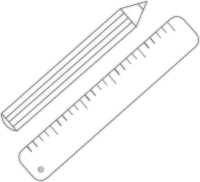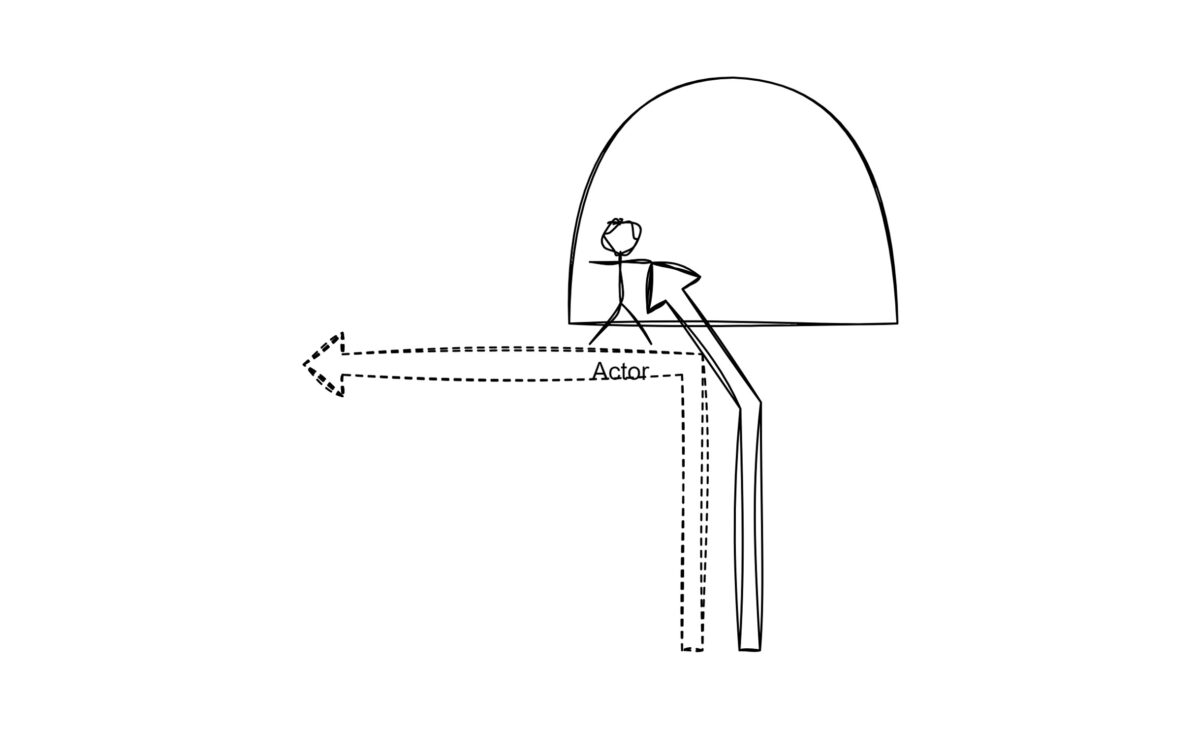Mini-Series: Let’s learn from Communication Theory
Uncover the hidden power of communication theories on information dashboard design and data analytics in this Mini-Series.
The gatekeeping theory highlights the power and responsibility associated with controlling information flow. When it comes to dashboard design, which revolves around providing essential information that drives business value. So, the famous saying “From great power comes great responsibility” takes on new significance.
Understanding the Gatekeeping Theory
The gatekeeping theory suggests that individuals or institutions who control the flow of information hold significant power. They act as gatekeepers, determining what information reaches the public. This power allows gatekeepers to shape public opinion, influence decision-making, and control the narrative.
Applying the Gatekeeping Theory to Dashboard Design
Why is responsible gatekeeping so important? Well, people are lazy thinkers. If they get a useless dashboard to work with from their superiors, they probably prefer to look at it anyway to feel like they have done the job. Chances are low that users question the dashboard, not to mention tell a manager the dashboard needs improvement. On top of that, delivering the correct information to the right people at the right time is even tricky. The information someone wants and the information someone gets are three different things.
In the context of dashboard design, the gatekeeping theory highlights the power and responsibility of delivering relevant information effectively. Here’s how this theory can be applied to promote responsible information dissemination:
Curating Relevant and Accurate Data
As gatekeepers of information, dashboard developers should curate relevant and accurate data to provide users with a clear and reliable picture of the situation. This involves carefully selecting and validating data sources, ensuring the information presented is trustworthy and up-to-date.
Balancing Transparency and Privacy
Developers must strike a balance between transparency and privacy when designing dashboards. While transparency fosters trust and accountability, respecting privacy and protecting sensitive information is crucial. Developers maintain responsible gatekeeping practices by implementing proper data security and anonymisation techniques.
Empowering Users with Context
Gatekeepers are responsible for providing context and ensuring users have a comprehensive understanding of the information presented. Contextual information helps users interpret data accurately, make informed decisions, and avoid misinterpretations or biases. Designers should incorporate contextual cues, such as benchmarks, historical trends, and explanatory notes, to empower users with the necessary context.
Promoting Ethical Data Visualisation
Responsible gatekeeping extends to ethical data visualisation practices. Developers should also consider the ethical implications of their visual representations, avoiding manipulation or distortion of data that could lead to misleading interpretations. Transparent and accurate data visualisation techniques help maintain integrity and responsible information dissemination. Books like Alberto Cairo’s book “How Charts Lie” or the Check section of the IBCS standards v1.2 give good hints.
Enabling User Empowerment
While gatekeepers control the information flow, responsible dashboard development should also empower users to be active participants. Developers can provide interactive features, customisation options, and user-friendly interfaces, allowing individuals to explore and engage with the data on their own terms. Empowered users are informed decision-makers, challenging the traditional gatekeeping dynamics by asking for more of the good stuff you delivered. No need to say this is good for you as a developer if your services are in high demand.
Concluding the Main Learnings
The gatekeeping theory reminds us of the power and responsibility associated with information control. In the context of dashboard design, responsible gatekeeping practices involve curating relevant and accurate information broken down into data, balancing transparency and privacy, providing context, promoting ethical data visualisation, and empowering users. By embracing responsible gatekeeping principles, dashboard developers can fulfil their role as information gatekeepers and contribute to informed decision-making processes that drive positive outcomes. Remember, with great power comes great responsibility, and responsible dashboard design has the potential to shape perceptions, foster transparency, and empower users.


